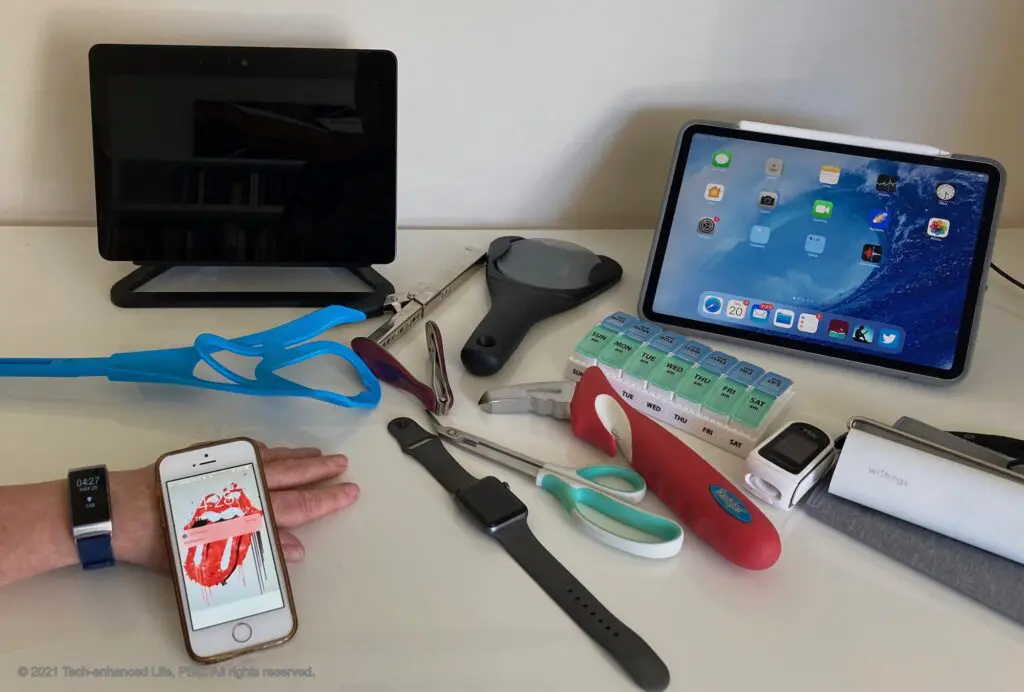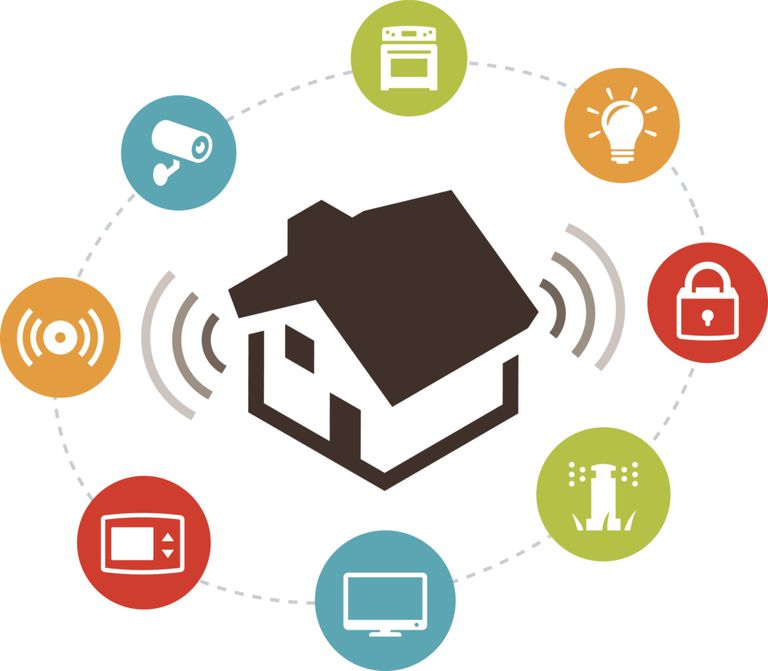Older adults can save tens of thousands of dollars annually by choosing assisted living communities over aging in place in their homes.
Unlike point solutions, Inspiren unifies resident safety, care planning, staffing, and emergency response into a single AI-powered platform.
An artificial intelligence-powered virtual assistant platform for senior living and care providers.
Betting that AI could lighten the clinician load.

 It’s a pretty good tech universe if you know what you’re doing... Maybe you’re someone who reads all the
It’s a pretty good tech universe if you know what you’re doing... Maybe you’re someone who reads all the  Census data shows what models, samples and estimates cannot. Actual responses surveying access to technology can highlight regional gaps in broadband access – despite all the talk about broadband availability ‘everywhere’ and multiple federal programs over the years trying to make it so. The
Census data shows what models, samples and estimates cannot. Actual responses surveying access to technology can highlight regional gaps in broadband access – despite all the talk about broadband availability ‘everywhere’ and multiple federal programs over the years trying to make it so. The  It’s that awful time – the hurricane season. The time when the national hurricane center forecasts, repeated ad nauseum, are
It’s that awful time – the hurricane season. The time when the national hurricane center forecasts, repeated ad nauseum, are  Don’t we already have technology to live our best life as we age?
Don’t we already have technology to live our best life as we age?  An old report, the core concept of Connected Living was excellent and predictive. Thirteen years ago, AARP sponsored research that posed questions about technology’s future role in connecting older adults with families, resources and each other. With input from 30 industry experts, the research attempted to determine how technology could better serve older adults moving forward. The result was a 2011 report called
An old report, the core concept of Connected Living was excellent and predictive. Thirteen years ago, AARP sponsored research that posed questions about technology’s future role in connecting older adults with families, resources and each other. With input from 30 industry experts, the research attempted to determine how technology could better serve older adults moving forward. The result was a 2011 report called 
 What happens when engineers believe that no matter what, the customers will buy? Rant on. Look at the forum
What happens when engineers believe that no matter what, the customers will buy? Rant on. Look at the forum